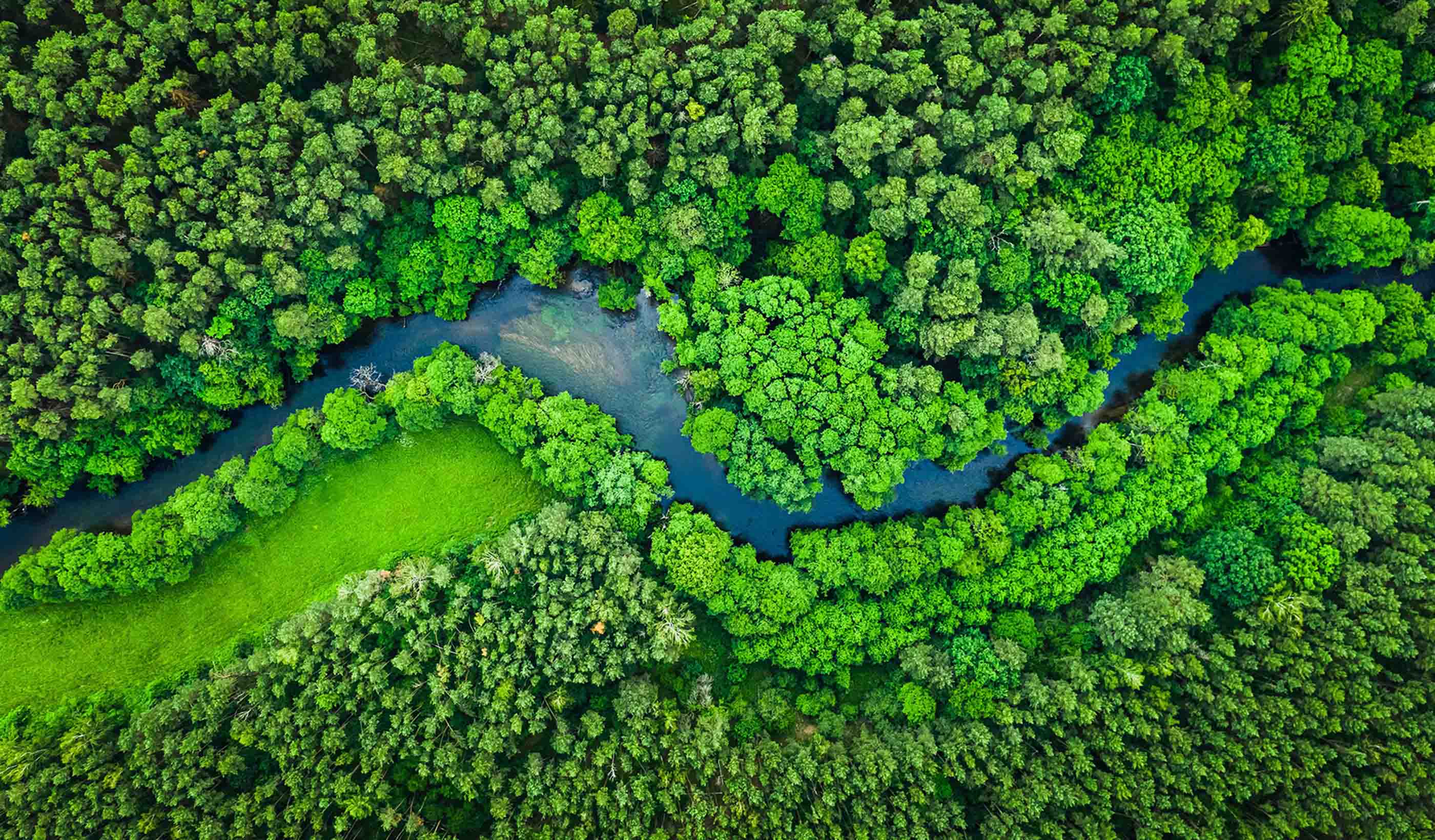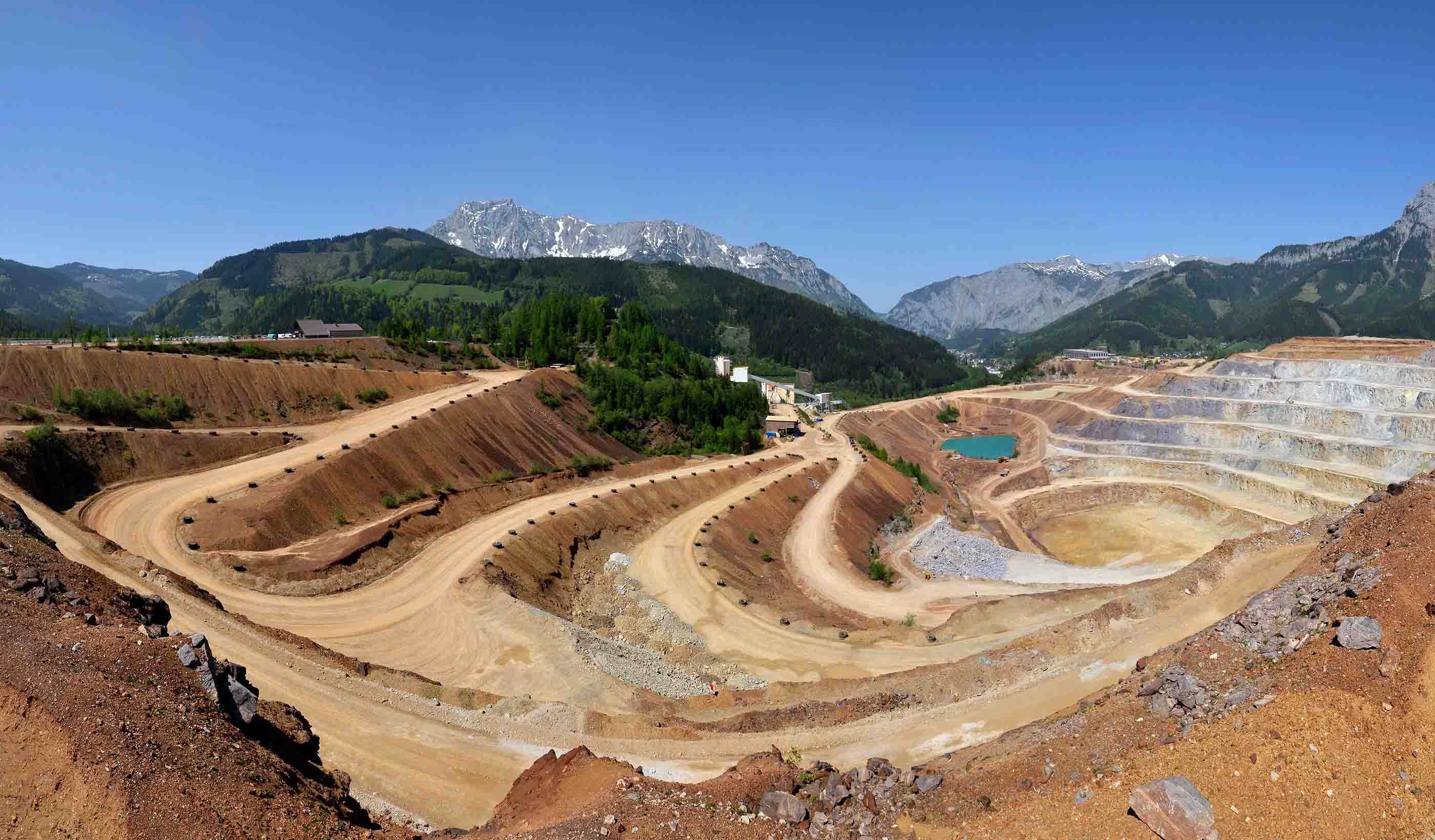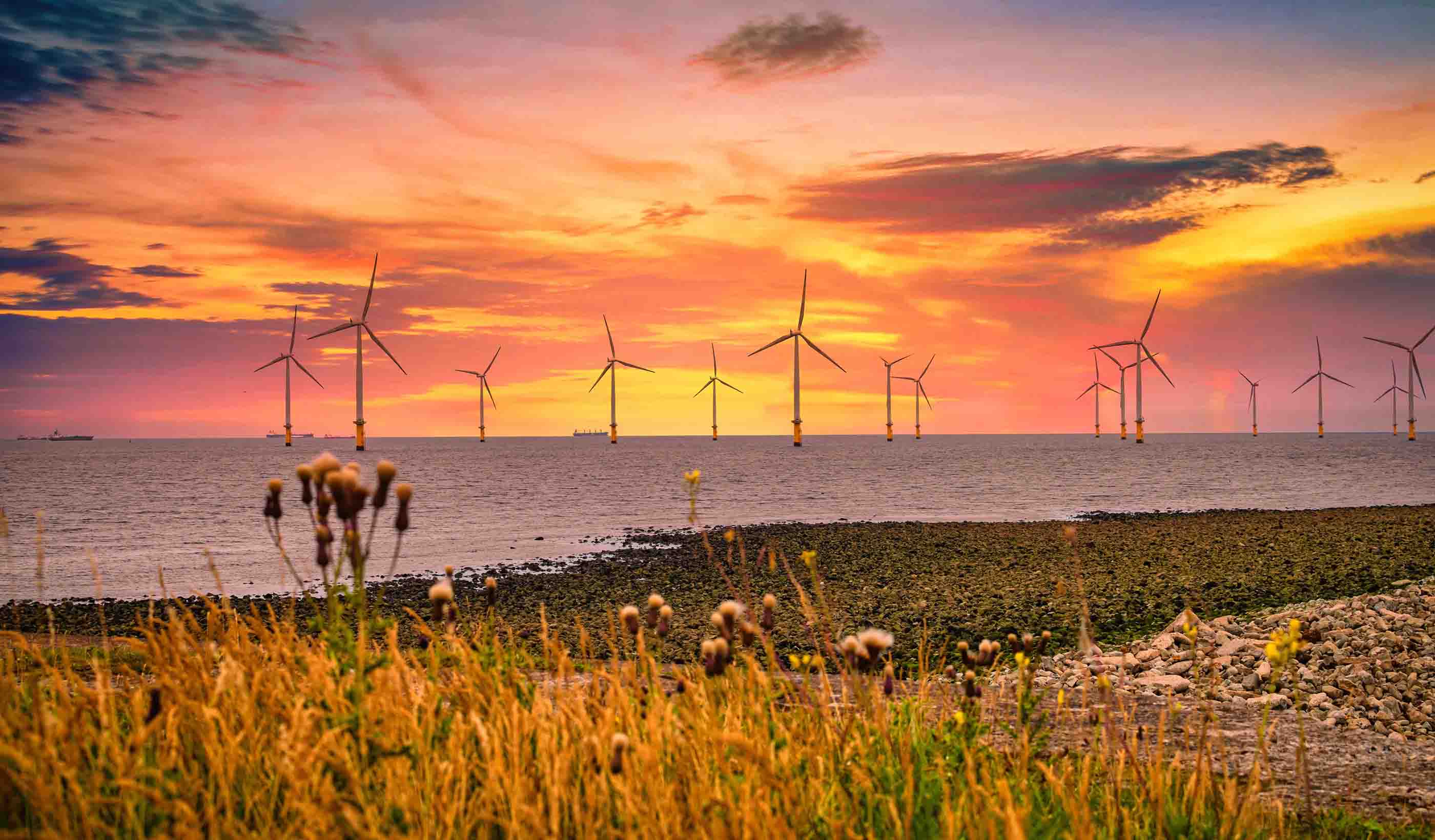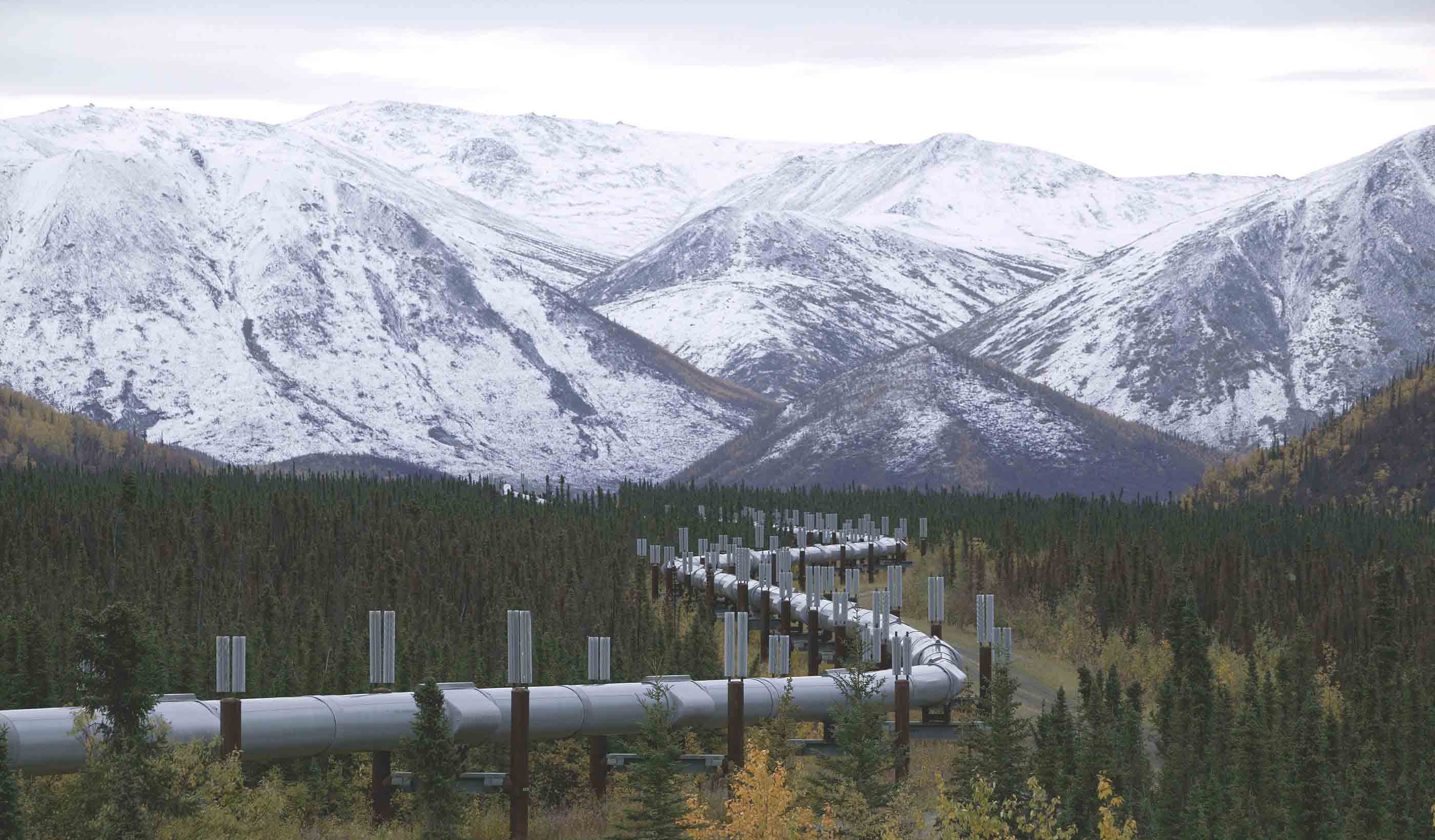What if the energy industry and environmentalists worked better together?
May 09, 2022
May 09, 2022
We need to build trust and form stronger partnerships between industry and environmental advocates. Here’s why.
The energy industry and environmental advocates can often appear at odds with one another. Project developers can feel weighed down by what they believe to be excessive environmental regulations, while environmentalists question whether a project should even go forward to begin with. This tension between the energy and environmental communities does not need to exist if we form partnerships early in the process. Every energy project is also an environmental project, oftentimes with common bigger picture objectives.
A strong partnership must start with acknowledging two key truths. The first? Climate change is real, and we must work to reduce the carbon emissions being released into the atmosphere. The second? We need energy and we always will. These two realities must co-exist.
But we are still seeing this tension across the market—even on projects that promote sustainability and will help us through the energy transition. From mining for materials needed for solar farms and batteries, to wind power production, to pipelines that can transport our energy in safer and more sustainable ways, energy and resource development is facing resistance that is slowing and inhibiting the transition to a cleaner energy future.
So, how can energy developers and environmentalists come together to develop energy and resources projects in a way that delivers the energy our communities need while protecting the planet in the process?

If we as a global community have any hope of meeting our 2050 net zero goals, we must work together.
One industry that has faced criticism from environmentalists is the mining industry. Why? Firstly, mines require a significant amount of power to operate. This often leads to mines emitting large amounts of carbon into the atmosphere. But secondly, mine sites can require large swaths of land. This can impact the health of ecosystems, animals, plants, sacred Indigenous lands, and nearby communities.
These are challenges that we must address if we want to continue to mine. And to be clear: We must mine. And not only for materials we use today, but materials we will need for our future as we navigate the energy transition. Batteries require materials like lithium and cobalt, solar panels require copper and zinc, and wind turbines are produced from nickel, chromium, and more. All these minerals and metals are still in the ground—and we need them. So, what can we do to alleviate some of these environmental concerns?
The first thing we can do is reduce the carbon footprint of the mining industry. This is achievable with technology available now and can help mines reduce their emissions at two stages. The first stage is electrification, where mines can electrify their operations, such as transitioning to electric vehicles. In stage two, mines can produce their own renewable energy—such as solar, wind, or hydropower—on site. This makes them less reliant on diesel generators or nearby power grids that may still be carbon intensive.
But we must also protect the land and wildlife species living on it. This is where a robust research process comes into play. We need to know what we need to protect before we can protect it. So, we collaborate with our environmental experts to engage with community stakeholders, analyze local scientific databases, and conduct site assessments. This way, we get a holistic perspective on what is essential to protect in the area. Once we know, we can put mitigation measures in place to make sure we’re mining with sustainability in mind.

One industry that has faced criticism from environmentalists is the mining industry.
One of the fastest growing trends we are seeing in renewable energy production is offshore wind power. Traditionally, the US hasn’t been that invested in the offshore wind market. But recent developments like the 2021 Infrastructure Bill have started to pique peoples’ interest in it. If we’re going to achieve our 2050 net zero targets as set out by the Paris Climate Agreement, wind power will need to play a big role.
Offshore wind farms create concern for the environmental community. And they have valid questions that need answering. How will the construction of offshore wind farms impact underwater ecosystems? Will the transmission cables disrupt the ocean floor habitat? How will this impact species in the area? How will this impact local fishing industries?
If we hope to start expanding offshore wind power production, these challenges will require solutions. That’s why we partner our power experts with environmental scientists: To understand how we can minimize local environmental impacts from a project in order to help us meet our larger sustainability goals as part of a global community.
This tension between the energy and environmental communities does not need to exist if we form partnerships early in the process.
Here’s an example of the innovation taking place in how we plan and evaluate projects to improve sustainability. When building wind projects, we now use Interferometric Synthetic Aperture Radar (InSAR) technology that helps us monitor sediment changes in coastal regions. This tool gives us the ability to see how wind turbines and the cables that connect them to the shore impact the ocean floor in the region. Understanding these potential impacts helps us look at alternatives and measures that can be taken to mitigate any impacts.
We must also conduct robust stakeholder engagement sessions that involve local communities such as industry representatives (like fisheries), Indigenous leaders, environmental advocates, and others. This way we can understand multiple perspectives and make decisions that keep the entire community in mind.
By taking steps to ensure that offshore wind projects are developed responsibly, we can significantly increase renewable energy in our grid while protecting local ecosystems, industries, and community interests.

If we hope to start expanding offshore wind power production, there are challenges that will require solutions.
The transportation sector is heavily responsible for GHG emissions. In the US, the transportation sector is responsible for about one-third of damaging emissions and in California that figure is approximately 40%. Reducing transportation emissions is one of the most vital steps in combating problems stemming from climate change. But the energy transition can’t happen overnight. So, we need to continue to transport energy products to where they are needed while the transition takes place. The good news? Solutions to the transportation problem are already available and continue to grow.
For the energy sector, one solution to the transportation challenge is using pipelines to transport our energy products. Not only are pipelines the safest way to move petroleum and other products, but they are also the most cost-effective and sustainable option to do so. Pipelines can carry hundreds of thousands of barrels of oil per day. Moving that same amount would require thousands of trucks by road, or hundreds of tankers by rail. Just think about all the emissions that come with those transportation methods. We can cut those emissions many-fold with pipelines. Taking trucks and railcars out of the transportation system also has the added benefit of improving traffic and travel safety for everyone—not just the energy sector.
Another concern is the impact of pipeline construction in environmentally or culturally sensitive locations. That’s another area where our environmental team comes into play. By following the pipeline right-of-way, our experts identify areas that need protection or evaluate alternate routes to avoid these areas. This can range from identifying rare aquatic species in water crossings, to pinpointing plant species in need of protection, to monitoring animal movement throughout the area to protect migration patterns.
By partnering with environmental scientists and employing these methods, we can transport our needed energy in the most sustainable way. This allows us to look at long-term benefits while mitigating short-term impacts, with a strong focus on protecting the environment in the process.

Not only are pipelines the safest way to move petroleum and other products, but they are also the most cost-effective and sustainable option to do so.
If we as a global community have any hope of meeting our 2050 net zero goals, we must work together. And it starts with the energy industry partnering with environmental experts to make sure we are delivering energy to our communities in the most sustainable way. Our goal should be to develop successful energy projects and make each other’s role a priority. We should actually want to work together, rather than feel like we’re forced to.
It is our hope that we see more people embracing these kinds of partnerships in the years ahead. Our energy and environmental future depends on it.